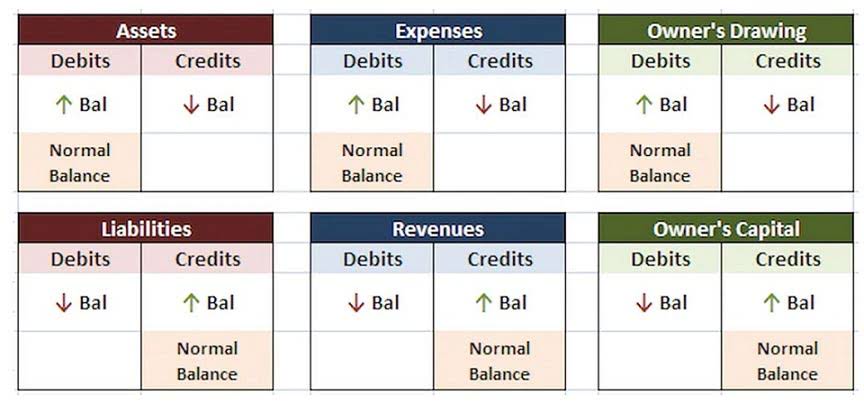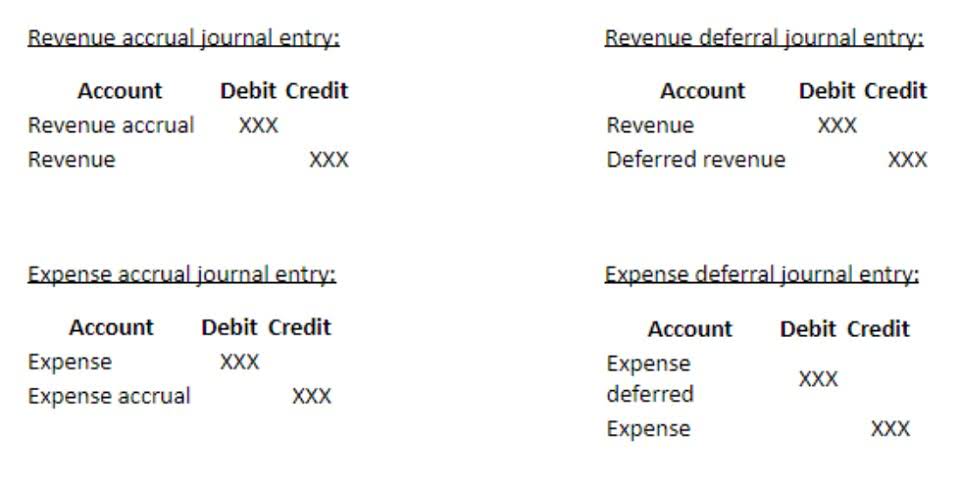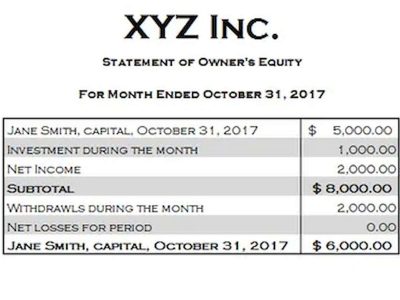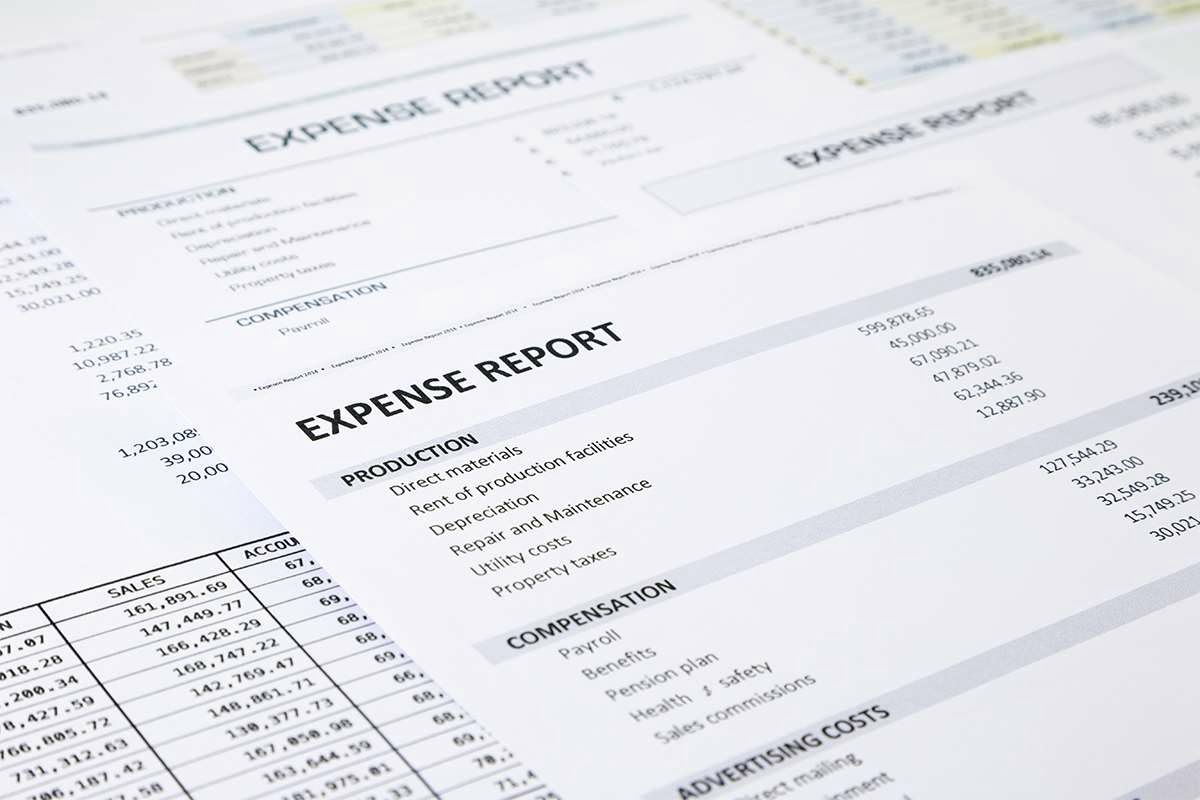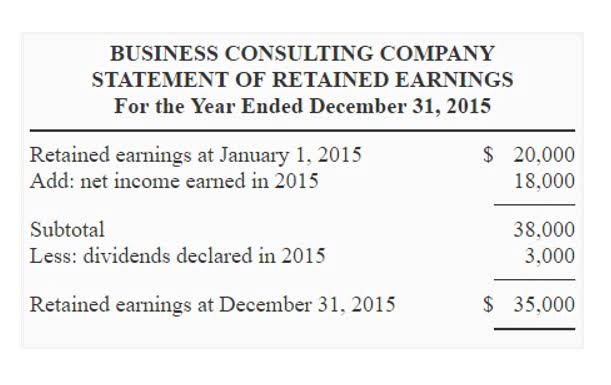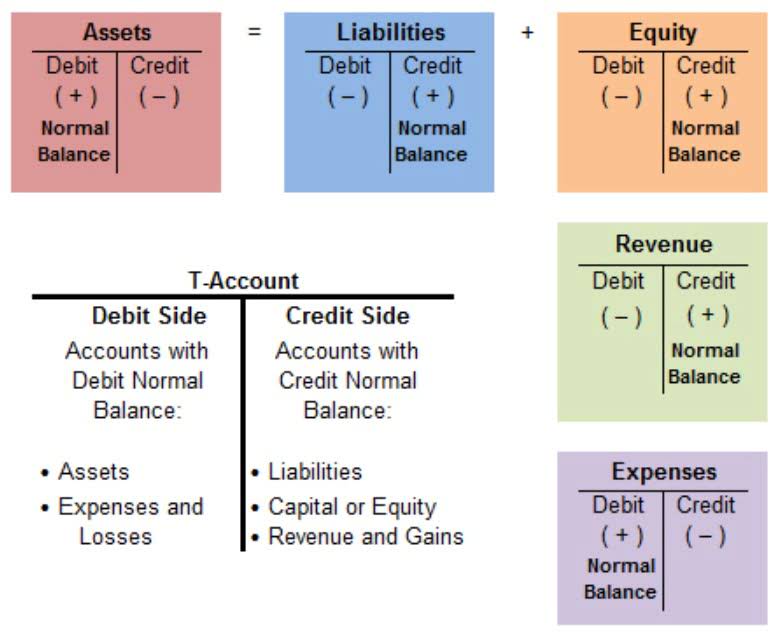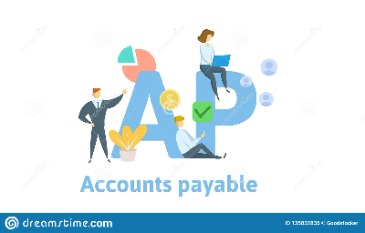
See how connecting with experts one-on-one gives this busy voice-over artist the confidence her books are done right and frees up time for the things she loves to do. Connect with experts year-round for advice and guidance, with best-in-class tools to support you as your business grows. Feel confident about your business and your books with QuickBooks experts by your side to help you succeed. No cap on operating expenses meetings with your bookkeeper; QuickBooks says small-business owners usually schedule one or two video appointments per month.
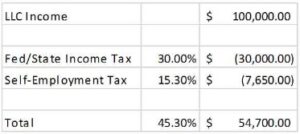
Accounting Services
In addition to one of the widest arrays of services, inDinero offers clients access to a team of staff accountants and financial experts, just a click or call away with its easy-to-use dashboard or mobile app. Indinero checks all the boxes, making it our choice as the best overall accounting firm for small businesses. QuickBooks Live Bookkeeping offers online bookkeeping services that connect small businesses with trusted, QuickBooks-certified virtual bookkeepers.
What kind of services do bookkeeping services provide?
You won’t need any other software to work with Bench—we do everything within our 13 accounting tips to keep the books balanced easy-to-use platform. You’ve heard of «spend money to make money,» but what about «spend money to save money?» That’s the case with tax deductions and you won’t want to leave any on the table. Connect one-on-one with experts so you can manage your books with ease. Proprietary bookkeeping software could make it difficult to switch to another provider in the future. Many, or all, of the products featured on this page are from our advertising partners who compensate us when you take certain actions on our website or click to take an action on their website.
We and our partners process data to provide:
- Even the most expensive firm on this list is probably less costly than hiring someone to perform them in-house.
- It prepares financial records to help you track your revenues and expenses.
- If you don’t already use a software program, the accounting firm will recommend a package.
- Ignite Spot Accounting is best for businesses that want bookkeepers who are certified in popular bookkeeping programs.
- At-a-glance visual reports help you see the big picture and give you actionable insights to help you grow your business.
Below, we review the best virtual and outsourced accounting services for small-business owners like you. If your business does only cash-basis accounting, you’ll need to look elsewhere because Pilot does only accrual-basis how to account for cash dividends accounting. They insist that accrual-basis accounting is better for businesses that want to grow. For companies on the fast track, Pilot also offers CFO services for an additional fee. Founded in 1999 by two former members of Price Waterhouse, 1-800Accountant is one of the more established online accounting firms.
Pricing
They also make adjustments to your books to ensure they’re accurate and tax-compliant. Occasionally we might need your input on things like categorizing a transaction properly, but we try our best to make bookkeeping as hands-off as possible for you. Your bookkeeper reconciles your accounts, categorizes your transactions, and produces your financial statements.
The next step is to work with your account manager to integrate your existing software and processes with QuickBooks. From that point on, you will receive monthly reports, including cash flow, profit and loss, and balance sheet statements. The cost of bookkeeping services can vary depending on the size of your business and the features you need.
At the very least, you can expect most bookkeeping services to input transactions, reconcile accounts and send you financial statements regularly. Most services touch base monthly, but in some cases, you can pay extra to receive weekly reports. Depending on the company, you can speak with your bookkeeper (or team of bookkeepers) as often as you’d like or at least a few times per month. The best bookkeeping services take care of basic bookkeeping tasks, like reconciling bank statements, inputting transactions and generating financial reports. You should be able to directly call or message your bookkeeper with questions whenever necessary, and some services offer add-ons for tax planning and payroll. The Essential plan ($249 a month if billed annually or $299 billed monthly) focuses on bookkeeping only, giving you access to a dedicated team that performs monthly bookkeeping services.
That means you’ll never lose access to your data within our platform. All reports can be easily exported to an Excel file to share with your accountant or future bookkeeping provider. You can also book a call with your bookkeeper (or send them a message) whenever you’d like. There’s no extra fee or hourly charges for support—we’re always happy to nerd out about bookkeeping and your financial statements. Your bookkeeper can close your books and prepare a trial balance. They can also send PDF copies of key financial reports including your profit and loss statement and balance sheet.


